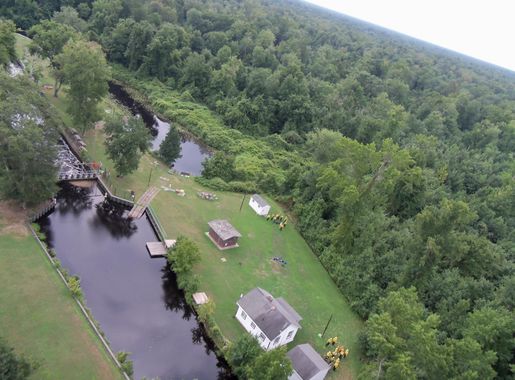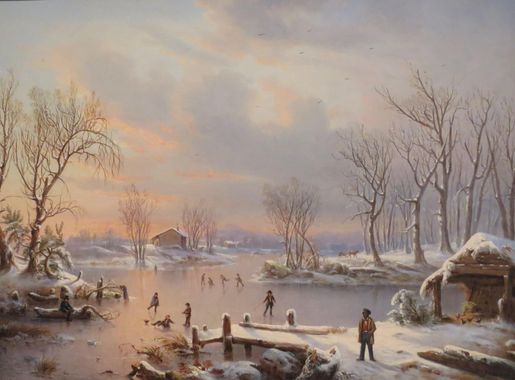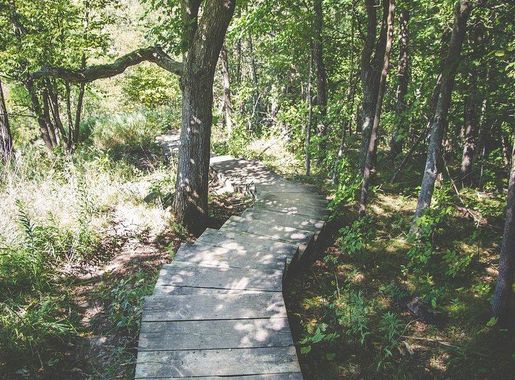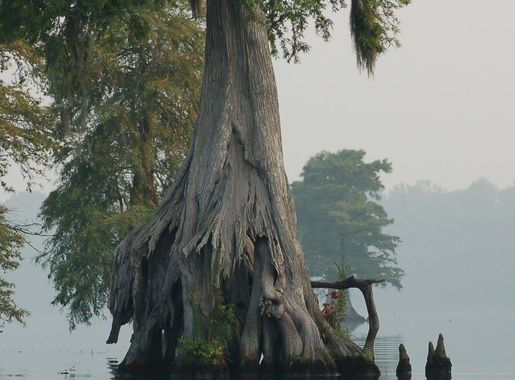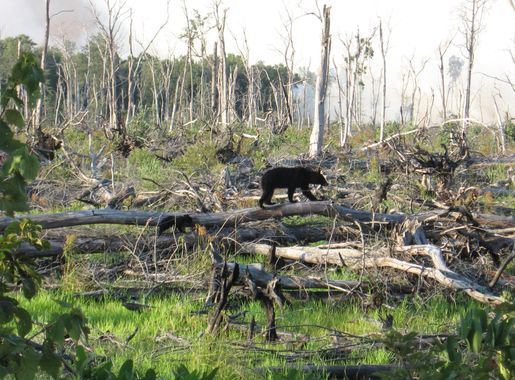
The Enigmatic Great Dismal Swamp: A Hidden Gem in Virginia
Explore the vast and mysterious Great Dismal Swamp National Wildlife Refuge in Virginia, where nature, history, and adventure await in one of America's largest swamps.
The Great Dismal Swamp National Wildlife Refuge, located in southeastern Virginia, is a vast and mysterious natural wonder. Covering over 112,000 acres, this refuge is one of the largest intact swamps in the United States. Visitors can explore its diverse ecosystems, including marshes, forests, and open water, which provide a home for a wide array of wildlife. Nature enthusiasts will be thrilled by the opportunity to see black bears, white-tailed deer, and a variety of bird species, including the rare Swainson's warbler. The refuge is also home to the hauntingly beautiful Lake Drummond, a 3,100-acre natural lake that sits in the heart of the swamp. Its serene waters and surrounding cypress trees create a picturesque scene that is perfect for photography, fishing, and canoeing. Hikers and bikers can enjoy over 40 miles of trails that wind through the refuge, offering a chance to experience the swamp's unique flora and fauna up close. The Washington Ditch Trail, one of the most popular routes, leads to Lake Drummond and provides a glimpse into the swamp's history and its role in the Underground Railroad. Whether you're a nature lover, history buff, or adventure seeker, the Great Dismal Swamp National Wildlife Refuge offers a captivating experience that is sure to leave a lasting impression.
Local tips in Great Dismal Swamp National Wildlife Refuge
- Visit during the spring or fall for the best weather and wildlife viewing opportunities.
- Wear waterproof boots and insect repellent, as the swamp can be wet and buggy.
- Bring binoculars for birdwatching and a camera to capture the stunning scenery.
- Check the visitor center for maps, trail information, and any alerts or closures.
- Consider a guided tour to learn about the swamp's unique ecology and history.
The Enigmatic Great Dismal Swamp: A Hidden Gem in Virginia
The Great Dismal Swamp National Wildlife Refuge, located in southeastern Virginia, is a vast and mysterious natural wonder. Covering over 112,000 acres, this refuge is one of the largest intact swamps in the United States. Visitors can explore its diverse ecosystems, including marshes, forests, and open water, which provide a home for a wide array of wildlife. Nature enthusiasts will be thrilled by the opportunity to see black bears, white-tailed deer, and a variety of bird species, including the rare Swainson's warbler. The refuge is also home to the hauntingly beautiful Lake Drummond, a 3,100-acre natural lake that sits in the heart of the swamp. Its serene waters and surrounding cypress trees create a picturesque scene that is perfect for photography, fishing, and canoeing. Hikers and bikers can enjoy over 40 miles of trails that wind through the refuge, offering a chance to experience the swamp's unique flora and fauna up close. The Washington Ditch Trail, one of the most popular routes, leads to Lake Drummond and provides a glimpse into the swamp's history and its role in the Underground Railroad. Whether you're a nature lover, history buff, or adventure seeker, the Great Dismal Swamp National Wildlife Refuge offers a captivating experience that is sure to leave a lasting impression.
When is the best time to go to Great Dismal Swamp National Wildlife Refuge?
Unmissable attractions to see
Breakout Games - Virginia Beach
Experience the thrill of solving puzzles and escaping themed rooms at Breakout Games in Virginia Beach, the ultimate adventure for families and friends.
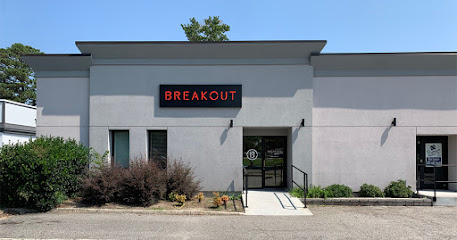
Children's Museum of Virginia
Discover the joy of learning and play at the Children's Museum of Virginia, where imagination and education come together in a delightful experience for families.
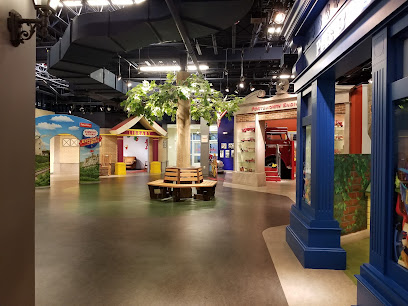
Portsmouth City Park
Experience the beauty of nature at Portsmouth City Park, a perfect destination for relaxation, recreation, and family fun in Virginia.
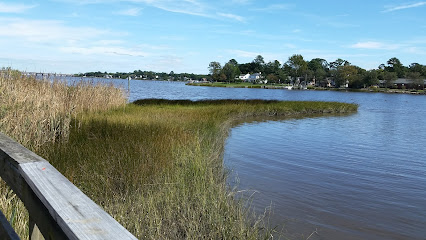
Back Bay National Wildlife Refuge
Discover the natural beauty and diverse wildlife at Back Bay National Wildlife Refuge, a tranquil escape near Virginia Beach.
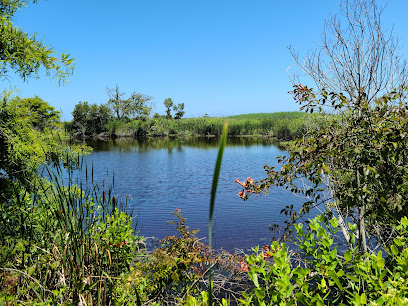
Nauticus
Explore Nauticus, a premier maritime museum in Norfolk, Virginia, featuring interactive exhibits, naval history, and breathtaking waterfront views.
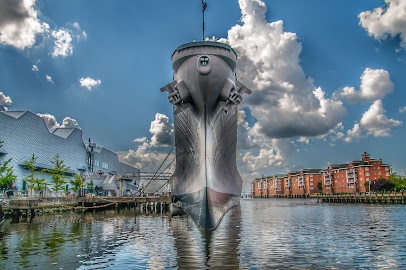
Dismal Swamp Canal Welcome Center
Explore the lush landscapes and rich history at the Dismal Swamp Canal Welcome Center, the gateway to North Carolina's natural wonders.
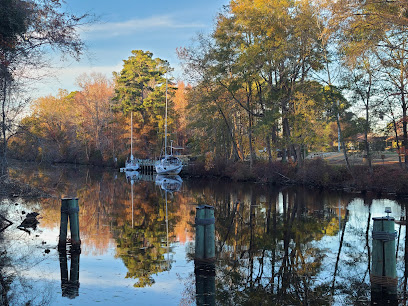
Eastern Shore Of Virginia National Wildlife Refuge Visitor Center
Explore the Eastern Shore of Virginia National Wildlife Refuge: A paradise for nature lovers, offering stunning views, diverse wildlife, and educational experiences.
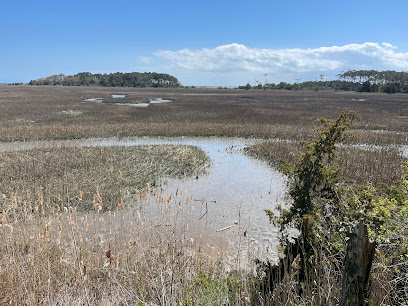
Bennett's Creek Park & Boat Ramp
Discover the beauty and recreation at Bennett's Creek Park & Boat Ramp in Suffolk, Virginia, where nature meets adventure for all ages.
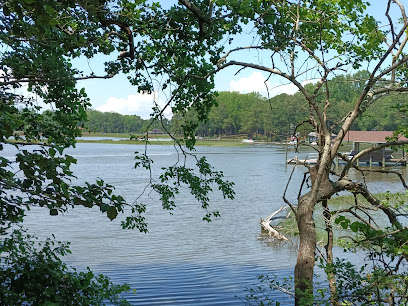
Elizabeth River Boat Landing and Park
Discover tranquility and adventure at Elizabeth River Boat Landing and Park, a picturesque waterfront escape in Chesapeake, Virginia.
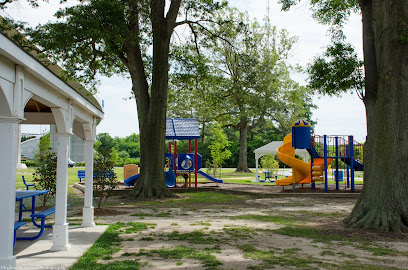
Deep Creek Park
Experience the beauty and tranquility of Deep Creek Park, a perfect outdoor retreat in Chesapeake, Virginia, with diverse recreational activities for everyone.

Pleasure House Point Natural Area
Explore the natural beauty of Pleasure House Point Natural Area, a tranquil park in Virginia Beach, perfect for outdoor adventures and wildlife observation.
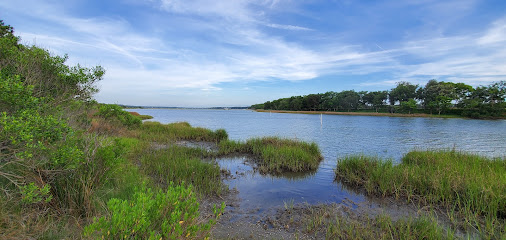
Dismal Swamp State Park
Discover the natural beauty and rich history of Dismal Swamp State Park in South Mills, North Carolina – a haven for outdoor enthusiasts and nature lovers.
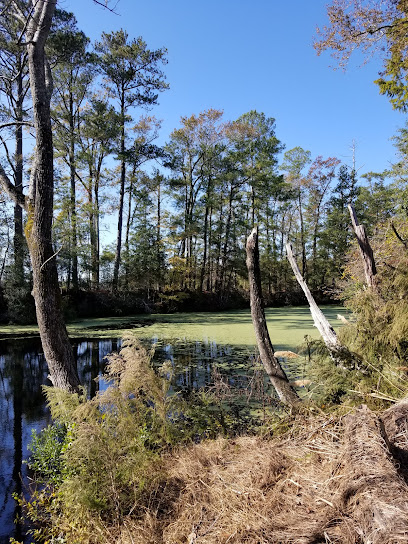
Lake Meade Park
Discover the natural beauty and recreational wonders of Lake Meade Park in Suffolk, Virginia - a perfect getaway for families and nature lovers.
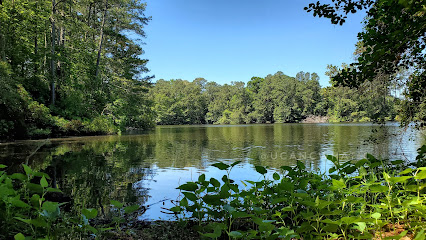
Paradise Creek Nature Park
Explore the breathtaking beauty of Paradise Creek Nature Park, a serene escape in Portsmouth, Virginia, perfect for nature lovers and outdoor enthusiasts.
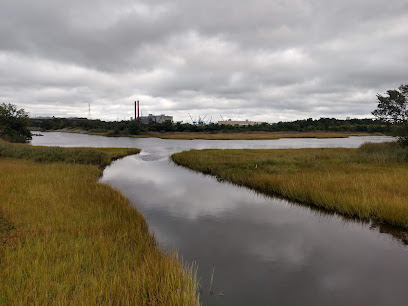
Sleepy Hole Park
Sleepy Hole Park in Suffolk, Virginia: A serene escape for nature lovers with scenic trails, picnic spots, and a relaxing campground.
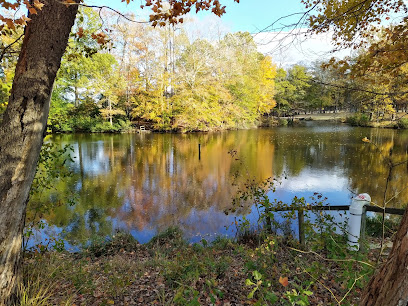
Markets, malls and hidden boutiques
At Home
Explore At Home in Chesapeake for a diverse range of furniture and decor that suits every style and budget for your home.

Dismal Swamp Canal Welcome Center
Discover the beauty and history of the Dismal Swamp at the Welcome Center, your gateway to adventure and exploration in North Carolina.
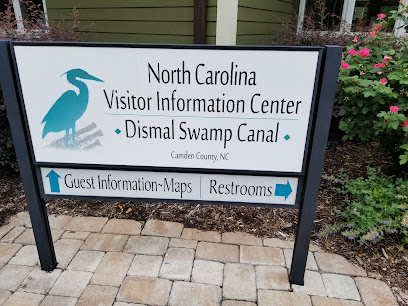
Selden Market
Explore the vibrant Selden Market in Norfolk, VA, where shopping, culture, and culinary delights come together in a unique boutique experience.

Great Dismal Swamp National Wildlife Refuge
Explore the serene beauty and rich wildlife of the Great Dismal Swamp National Wildlife Refuge, a unique destination for nature enthusiasts in Virginia.
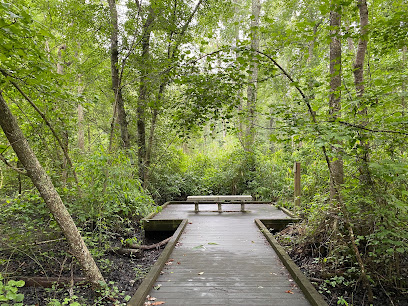
Five Below
Discover a world of affordable treasures at Five Below in Suffolk, Virginia, where every item is $5 or less, perfect for all ages!
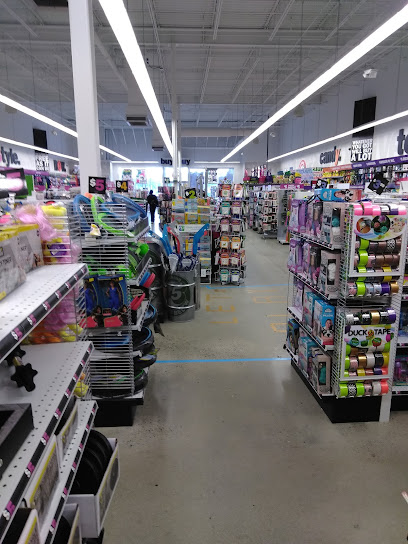
Gabe's
Discover unbeatable deals on clothing, shoes, and home goods at Gabe's, Chesapeake's top discount store for budget-conscious shoppers.
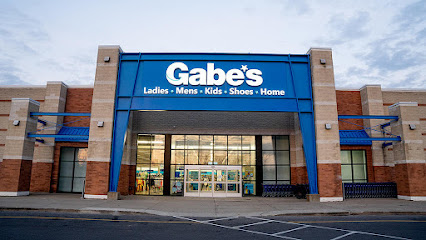
Dismal Swamp State Park
Explore the serene landscapes and rich history of Dismal Swamp State Park, a hidden gem in North Carolina's natural beauty.
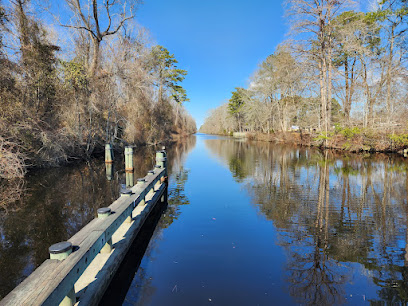
Bath & Body Works
Discover the beauty of self-care at Bath & Body Works, where fragrances and skincare meet in Chesapeake, VA.

Edible Arrangements
Explore Edible Arrangements in Norfolk for exquisite fruit bouquets and gourmet gifts, perfect for any occasion or sweet indulgence.
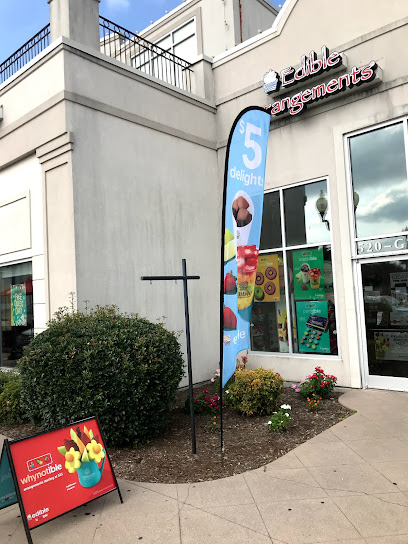
Gather Cafe
Experience the rich flavors and cozy ambiance at Gather Cafe, Chesapeake's favorite destination for coffee lovers and casual visitors alike.
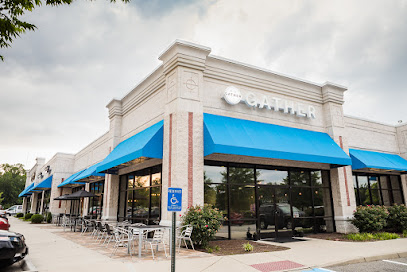
Southern States - Chesapeake Association Inc.
Discover Southern States - Chesapeake Association Inc., your go-to destination for farm equipment, animal feed, and gardening supplies in Chesapeake, Virginia.
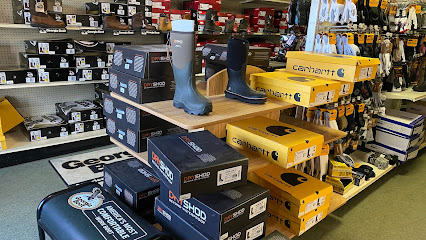
Tobacco and Vape CBD & Kratom
Discover the best selection of tobacco, vape products, CBD, and kratom at Tobacco and Vape CBD & Kratom in Suffolk, Virginia.
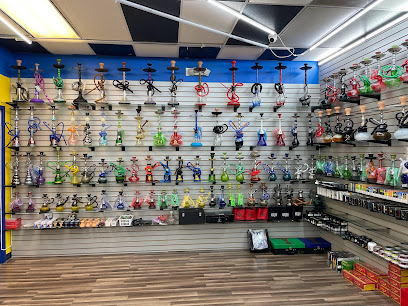
White's Old Mill Garden Center & Nursery
Explore White's Old Mill Garden Center & Nursery in Chesapeake, VA - A paradise for plant lovers and gardening enthusiasts.
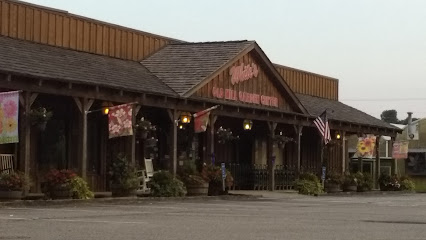
Oldskool Video Games & More
Discover a nostalgic paradise for gamers at Oldskool Video Games & More in Portsmouth, offering a vast selection of vintage games and collectibles.
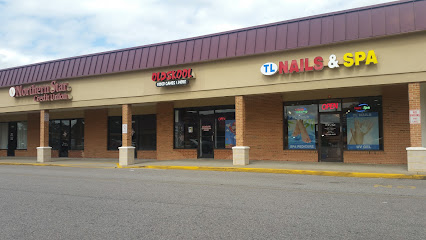
E-Z Food Mart & Deli / Krispy Krunchy Chicken
Explore the flavors of Suffolk at E-Z Food Mart & Deli, where local delights and convenience meet in perfect harmony.

Essential bars & hidden hideouts
Baron's Pub
Experience the vibrant atmosphere and delicious cuisine at Baron's Pub in Suffolk, Virginia, where great food and good times come together.
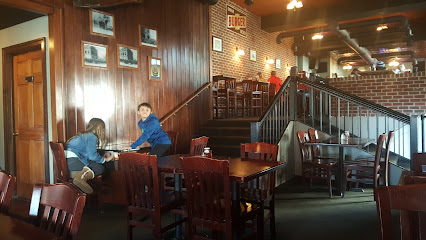
Applebee's Grill + Bar
Experience family-friendly dining at Applebee's Grill + Bar in Suffolk, VA, offering a wide selection of American cuisine and refreshing beverages.
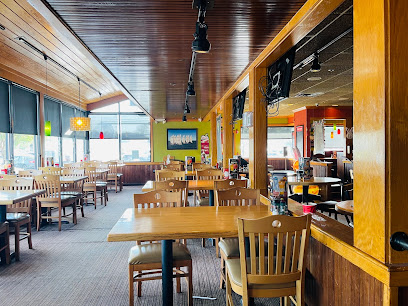
Woody's Raw Bar & Grill
Discover Woody's Raw Bar & Grill in Chesapeake, VA - a lively venue for delicious wings, grilled specialties, and captivating live music.
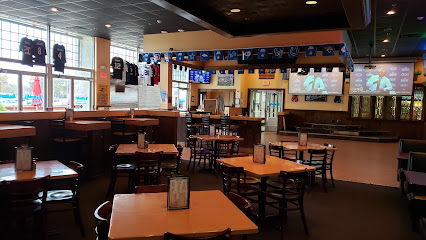
Gosport Tavern
Discover the vibrant atmosphere and delicious American cuisine at Gosport Tavern, a premier gastropub in historic Portsmouth, VA.

Baron's Pub & Restaurant
Discover the charm of Baron's Pub & Restaurant in Olde Towne Portsmouth, where cozy vibes meet delicious food and drinks.

Tap It Local
Discover the ultimate craft beer experience at Tap It Local, where delicious food meets an extensive selection of local brews in Chesapeake, VA.
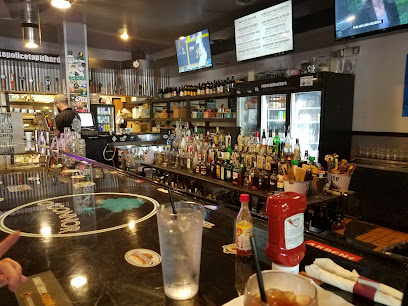
Derl'z Restaurant & Pub
Experience the flavors of Suffolk at Derl'z Restaurant & Pub, where delicious meals and a vibrant atmosphere await every visitor.
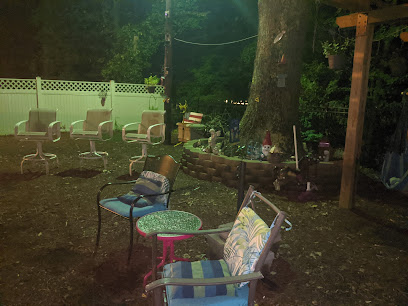
Skeleton Key Bar and Grille
Discover the charm of Chesapeake at Skeleton Key Bar and Grille, where great drinks and a lively atmosphere await.
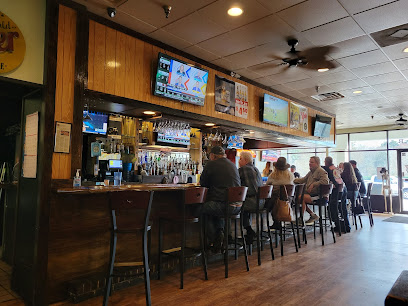
AJ Gator's Sports Bar & Grill
Experience the ultimate sports bar ambiance at AJ Gator's Sports Bar & Grill in Chesapeake, where great food meets thrilling games and vibrant atmosphere.

Riff House Pub
Experience the vibrant nightlife of Chesapeake at Riff House Pub, where great drinks, delicious food, and live music create unforgettable memories.
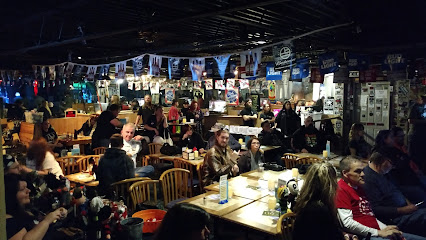
Harper's Table
Experience the best of American cuisine at Harper's Table in Suffolk, where every dish is a delightful journey of flavor and creativity.
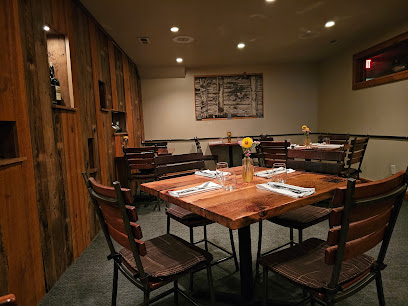
Milly's
Experience the heart of Chesapeake dining at Milly's, where delicious grilled favorites and a warm atmosphere await you.

Island Bar & Grille
Discover the vibrant flavors and welcoming ambiance at Island Bar & Grille in Portsmouth, VA – a must-visit culinary destination for any traveler.
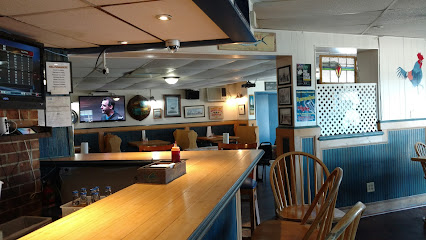
T J Cullys Local Grille
Discover the vibrant atmosphere and delicious offerings at T J Cullys Local Grille in Portsmouth, VA, where locals and tourists gather for good food and fun.
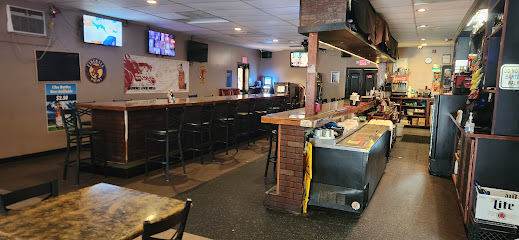
33rd Precinct
Experience the perfect blend of delicious grilled cuisine and a relaxing lounge atmosphere at the 33rd Precinct in Chesapeake, VA.
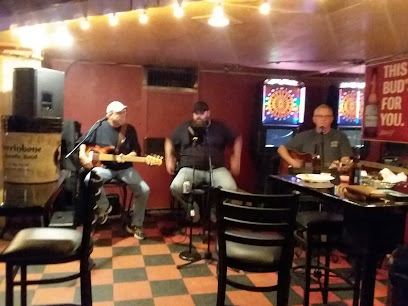
Local Phrases about Great Dismal Swamp National Wildlife Refuge
-
- HelloHowdy
[haw-dee] - GoodbyeSee ya later
[see yuh lay-tuh] - YesYup
[yup] - NoNah
[nah] - Please/You're welcomePlease and thank ya kindly
[pleez and thank yuh kine-lee] - Thank youMuch obliged
[muhch uh-blahy-jed] - Excuse me/SorryPardon me
[pahr-dn me] - How are you?How y'all doin'?
[haw y'all doin'] - Fine. And you?Fine as frog's hair. How 'bout you?
[fahyn az frogz hayer. How 'bout yuh?] - Do you speak English?Y'all speak English?
[y'all speak ing-glish?] - I don't understandI reckon I ain't catchin' on
[I reh-kin I ayn't ketch-in' awn]
- HelloHowdy
-
- I'd like to see the menu, pleaseCan I take a gander at the bill of fare, please
[kan I take uh gan-duh at the bil uv fair, pleez] - I don't eat meatI ain't partial to vittles with critter meat
[I ayn't par-shul tuh vit-uls with crit-er meet] - Cheers!Bottoms up!
[bot-uhmz up] - I would like to pay, pleaseI reckon I'll settle up now
[I reh-kin I'll set-ul up now]
- I'd like to see the menu, pleaseCan I take a gander at the bill of fare, please
-
- Help!S.O.S!
[S.O.S!] - Go away!Git!
[Git!] - Call the Police!Holler for the Law!
[Hah-ler for the Law!] - Call a doctor!Send for the Sawbones!
[Send for the Saw-bones!] - I'm lostDone gone and got myself turned around
[Done gone and got myself turned uh-round] - I'm illI'm feelin' puny
[I'm feel-in' pyoo-nee]
- Help!S.O.S!
-
- I'd like to buy...I'm fixin' to purchase...
[I'm fik-sin' tuh pur-chass] - I'm just lookingI'm just browsin'
[I'm just brow-zin'] - How much is it?How much fer that?
[How much fur that?] - That's too expensiveThat's mighty steep
[That's mait-ee steep] - Can you lower the price?Kin ya knock the price down a mite?
[Kin yuh nok the pr-ice down uh mait?]
- I'd like to buy...I'm fixin' to purchase...
-
- What time is it?What's the hour?
[What's the ow-er?] - It's one o'clockIt's high noon
[It's hahy noon] - Half past (10)Ten-thirty
[Ten-thur-tee] - MorningSunup
[Sun-up] - AfternoonAfternoon
[After-noon] - EveningDusk
[Dusk] - YesterdayYest'day
[Yest-day] - TodayToday
[Today] - TomorrowMorrer
[Morr-er] - 1One
[Wun] - 2Two
[Too] - 3Three
[Three] - 4Four
[Fohr] - 5Five
[Fahyv] - 6Six
[Siks] - 7Seven
[Sev-uhn] - 8Eight
[Ayt] - 9Nine
[Nahyn] - 10Ten
[Ten]
- What time is it?What's the hour?
-
- Where's a/the...?Where's a/the...?
[Where's a/the...?] - What's the address?What's the address?
[What's the address?] - Can you show me (on the map)?Can you show me (on the map)?
[Can you show me (on the map)?] - When's the next (bus)?When's the next (bus)?
[When's the next (bus)?] - A ticket (to ....)A ticket (to ....)
[A ticket (to ....)]
- Where's a/the...?Where's a/the...?
History of Great Dismal Swamp National Wildlife Refuge
-
The Great Dismal Swamp is believed to have formed over 10,000 years ago during the last Ice Age. The retreating glaciers left behind a depression that eventually filled with water, creating the swamp. Over millennia, the swamp's unique ecosystem developed, fostering a diverse array of flora and fauna.
-
Long before European settlers arrived, the Great Dismal Swamp was home to several Native American tribes, including the Algonquians and the Iroquois. They utilized the swamp for hunting, fishing, and gathering resources, and it held spiritual significance for many indigenous peoples.
-
In the 17th century, European settlers began to explore the Great Dismal Swamp. The swamp was initially considered a barrier to expansion, but its rich natural resources, including timber and fertile soil, soon attracted interest. Colonists started to encroach upon the land, altering its landscape and ecosystem.
-
In 1784, George Washington and other investors founded the Dismal Swamp Company to drain portions of the swamp for agriculture and to construct a canal. The Dismal Swamp Canal, completed in 1805, became a vital transportation route, linking the Chesapeake Bay with the Albemarle Sound. It remains the oldest continually operating man-made canal in the United States.
-
During the 18th and 19th centuries, the Great Dismal Swamp served as a refuge for escaped slaves. Known as maroons, these individuals created hidden communities within the swamp, where they could live in relative safety away from the reach of slave catchers. Archaeological evidence and oral histories have shed light on these maroon societies, highlighting their resilience and ingenuity.
-
The Great Dismal Swamp played a strategic role during the American Civil War. Both Union and Confederate forces recognized its importance for transportation and resource extraction. The Union army aimed to control the swamp to disrupt Confederate supply lines, and several skirmishes and expeditions took place in the area.
-
In 1974, the Great Dismal Swamp National Wildlife Refuge was established to protect the unique ecosystem and its wildlife. The refuge encompasses over 112,000 acres and provides a sanctuary for numerous plant and animal species, including black bears, bobcats, and over 200 species of birds. Conservation efforts focus on maintaining the swamp's natural hydrology and biodiversity.
-
Today, the Great Dismal Swamp is a site of ongoing cultural and ecological research. Scholars and scientists study its rich history, from its geological origins to its role in American history. The swamp also serves as a living laboratory for understanding wetland ecosystems, climate change, and conservation strategies.
Great Dismal Swamp National Wildlife Refuge Essentials
-
Great Dismal Swamp National Wildlife Refuge is located in southeastern Virginia and northeastern North Carolina. The nearest major airport is Norfolk International Airport (ORF) in Norfolk, Virginia, approximately 45 miles away. From Norfolk, you can rent a car or take a taxi to reach the refuge. Alternatively, you can drive from nearby cities such as Richmond, Virginia, which is about 90 miles away, or Raleigh, North Carolina, which is approximately 140 miles away.
-
The most convenient way to explore Great Dismal Swamp National Wildlife Refuge is by car. There are no public transportation options that directly service the refuge. Once inside, you can navigate the area by driving, biking, or hiking on designated trails. The refuge has several access points, with the main entrance being the Washington Ditch Entrance. Canoeing and kayaking are also popular for exploring the waterways within the refuge.
-
The official currency in the United States is the US Dollar (USD). Credit and debit cards are widely accepted, especially in nearby cities like Norfolk and Suffolk. However, it is advisable to carry some cash for small purchases, entrance fees, or if you plan to visit local markets or rural areas. ATMs are available in the nearby towns, so withdrawing cash beforehand is recommended.
-
Great Dismal Swamp National Wildlife Refuge is generally safe for visitors. However, it is always prudent to take standard safety precautions. Avoid isolated areas, especially after dark, and keep an eye on your belongings. Be aware of wildlife and stay on designated trails. There are no high-crime areas targeting tourists specifically within the refuge, but it is advisable to stay vigilant and informed about your surroundings.
-
In case of an emergency, dial 911 for immediate assistance. The local police and medical facilities are available in nearby towns such as Suffolk, Virginia. It is recommended to have travel insurance that covers medical emergencies. Carry a basic first aid kit and know the location of the nearest medical facility. For minor health issues, there are pharmacies in Suffolk where you can purchase over-the-counter medications.
-
Fashion: Do wear comfortable, weather-appropriate clothing and sturdy shoes suitable for hiking. Avoid wearing flip-flops or open-toed shoes. Religion: Do respect the natural environment and follow Leave No Trace principles. Public Transport: Do note that there is no public transport within the refuge, so plan accordingly. Greetings: Do greet fellow hikers and visitors with a friendly nod or hello. Eating & Drinking: Do bring your own snacks and water, as there are limited facilities within the refuge. Don't litter; always carry your trash out with you.
-
To experience Great Dismal Swamp like a local, visit early in the morning to enjoy the serene beauty and wildlife activity. Bring binoculars for birdwatching, as the refuge is home to many species. Canoeing or kayaking in the swamp's waterways offers a unique perspective. Check for any ranger-led programs or guided tours that provide in-depth knowledge about the area's history and ecology. Don't miss the chance to visit Lake Drummond, one of the few natural lakes in Virginia, located within the refuge.
Nearby Cities to Great Dismal Swamp National Wildlife Refuge
-
Things To Do in Chesapeake
-
Things To Do in Norfolk
-
Things To Do in Virginia Beach
-
Things To Do in Newport News
-
Things To Do in Williamsburg
-
Things To Do in Petersburg
-
Things To Do in Richmond
-
Things To Do in New Bern
-
Things To Do in Salisbury
-
Things To Do in Raleigh
-
Things To Do in Waldorf
-
Things To Do in Ocean City
-
Things To Do in Charlottesville
-
Things To Do in Chapel Hill
-
Things To Do in Bethany Beach

